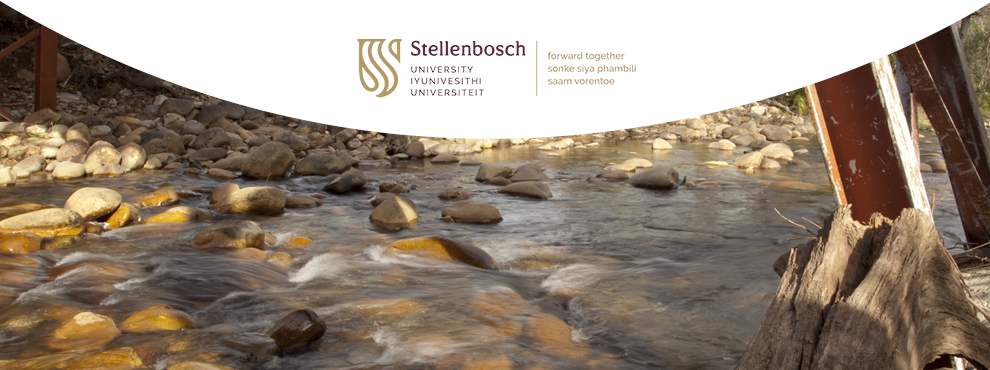On campus
South Africa is listed as the 33rd driest country in the world, which means that out of 195 countries, South Africa falls under the driest 20%. Water is thus a scarce resource. Stellenbosch University has therefore launched a number of initiatives to conserve water. Various objectives have also been put in place.
Water infrastructure is designed to keep the different water streams separate. Buildings are designed to keep the water sources separate, e.g. sewer, stormwater and greywater. Water consumption from municipal and other sources is measured and monitored per building via smart meters and reported accurately on the utility dashboard.
SU has already implemented numerous measures to help conserve water.
Water-efficient equipment, such as water-saving shower heads, tap aerators and toilet cistern displacement devices, are currently being installed on our campuses.
Water-permeable paving and grass squares are used, where possible, so that rain water can penetrate the soil and replenish the underground aquifers.
Landscape areas are designed to retain water, which enables the absorption and storage of water.
Water-hardy plant species, including local endemic species that require less water, are systematically planted.
Greywater is captured from shower water, treated and reused to flush toilets.
Rain water is collected and used in specific areas on campus.
Water leakages are reported, actioned and repaired by the water warrior team.
Irrigation with potable water is reduced.
